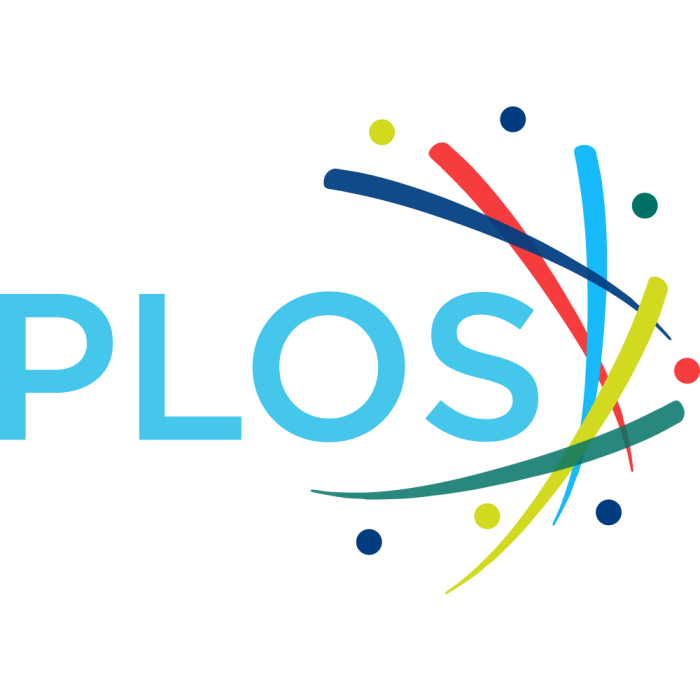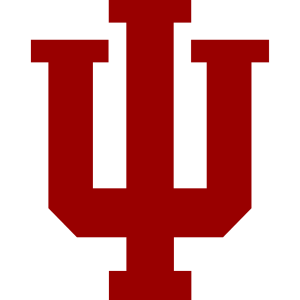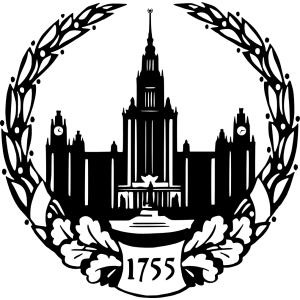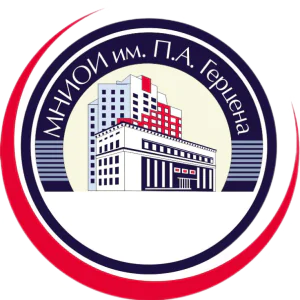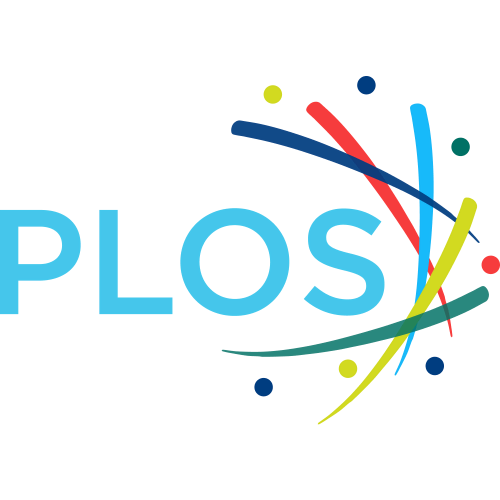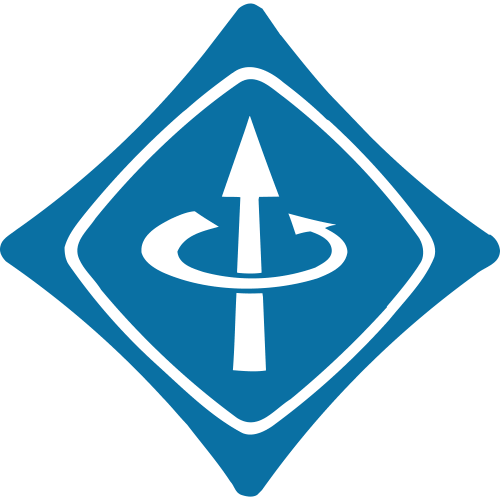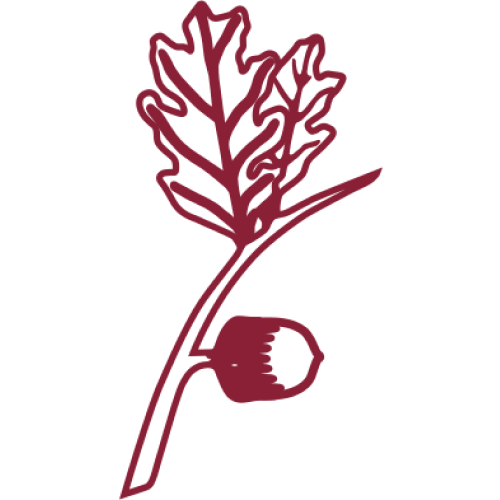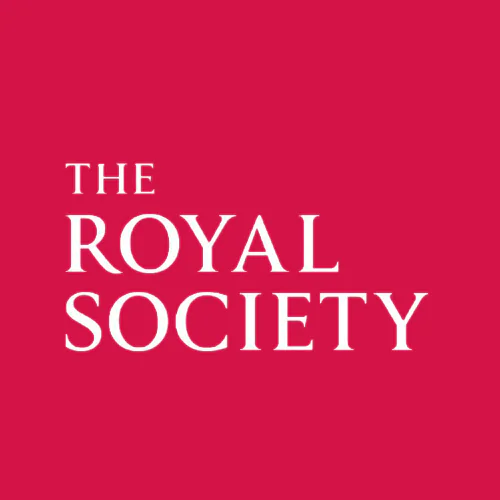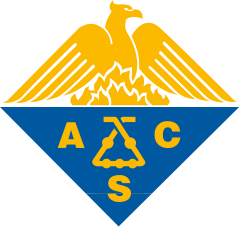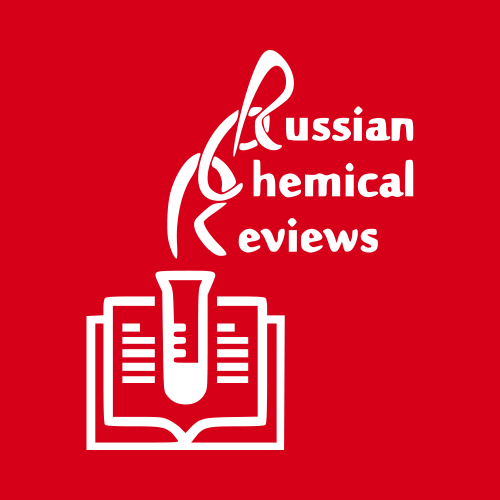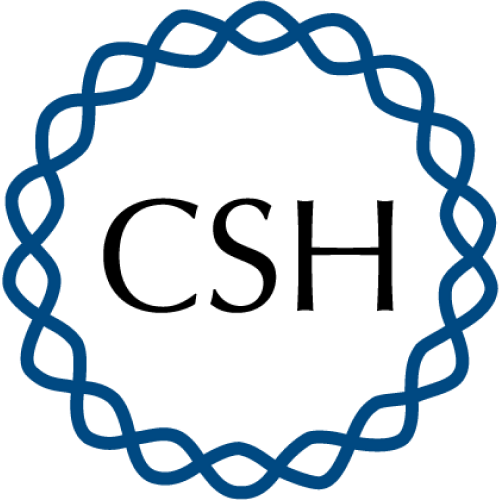Open Access


SP5: Improving Protein Fold Recognition by Using Torsion Angle Profiles and Profile-Based Gap Penalty Model
Publication type: Journal Article
Publication date: 2008-06-04
scimago Q1
wos Q2
SJR: 0.803
CiteScore: 5.4
Impact factor: 2.6
ISSN: 19326203
PubMed ID:
18523556
Multidisciplinary
Abstract
How to recognize the structural fold of a protein is one of the challenges in protein structure prediction. We have developed a series of single (non-consensus) methods (SPARKS, SP2, SP3, SP4) that are based on weighted matching of two to four sequence and structure-based profiles. There is a robust improvement of the accuracy and sensitivity of fold recognition as the number of matching profiles increases. Here, we introduce a new profile-profile comparison term based on real-value dihedral torsion angles. Together with updated real-value solvent accessibility profile and a new variable gap-penalty model based on fractional power of insertion/deletion profiles, the new method (SP5) leads to a robust improvement over previous SP method. There is a 2% absolute increase (5% relative improvement) in alignment accuracy over SP4 based on two independent benchmarks. Moreover, SP5 makes 7% absolute increase (22% relative improvement) in success rate of recognizing correct structural folds, and 32% relative improvement in model accuracy of models within the same fold in Lindahl benchmark. In addition, modeling accuracy of top-1 ranked models is improved by 12% over SP4 for the difficult targets in CASP 7 test set. These results highlight the importance of harnessing predicted structural properties in challenging remote-homolog recognition. The SP5 server is available at http://sparks.informatics.iupui.edu.
Found
Nothing found, try to update filter.
Found
Nothing found, try to update filter.
Top-30
Journals
|
1
2
3
4
5
6
7
|
|
|
Briefings in Bioinformatics
7 publications, 10.94%
|
|
|
PLoS ONE
6 publications, 9.38%
|
|
|
Bioinformatics
6 publications, 9.38%
|
|
|
BMC Bioinformatics
5 publications, 7.81%
|
|
|
Proteins: Structure, Function and Genetics
5 publications, 7.81%
|
|
|
Methods in Molecular Biology
3 publications, 4.69%
|
|
|
Molecules
2 publications, 3.13%
|
|
|
Scientific Reports
2 publications, 3.13%
|
|
|
Protein Science
2 publications, 3.13%
|
|
|
IEEE/ACM Transactions on Computational Biology and Bioinformatics
2 publications, 3.13%
|
|
|
Journal of Computational Biology
1 publication, 1.56%
|
|
|
Journal of the Royal Society Interface
1 publication, 1.56%
|
|
|
ChemistrySelect
1 publication, 1.56%
|
|
|
Nature Protocols
1 publication, 1.56%
|
|
|
International Journal of Peptide Research and Therapeutics
1 publication, 1.56%
|
|
|
Computational Biology and Chemistry
1 publication, 1.56%
|
|
|
Progress in Biophysics and Molecular Biology
1 publication, 1.56%
|
|
|
Structure
1 publication, 1.56%
|
|
|
Biochimica et Biophysica Acta - Proteins and Proteomics
1 publication, 1.56%
|
|
|
Proteomics
1 publication, 1.56%
|
|
|
Journal of Computational Chemistry
1 publication, 1.56%
|
|
|
Journal of Natural Products
1 publication, 1.56%
|
|
|
IEEE Transactions on Nanobioscience
1 publication, 1.56%
|
|
|
Lecture Notes in Computer Science
1 publication, 1.56%
|
|
|
Mathematical Problems in Engineering
1 publication, 1.56%
|
|
|
BioMed Research International
1 publication, 1.56%
|
|
|
Russian Chemical Reviews
1 publication, 1.56%
|
|
|
1
2
3
4
5
6
7
|
Publishers
|
2
4
6
8
10
12
14
|
|
|
Springer Nature
13 publications, 20.31%
|
|
|
Oxford University Press
13 publications, 20.31%
|
|
|
Wiley
10 publications, 15.63%
|
|
|
Public Library of Science (PLoS)
6 publications, 9.38%
|
|
|
Elsevier
4 publications, 6.25%
|
|
|
Cold Spring Harbor Laboratory
4 publications, 6.25%
|
|
|
Institute of Electrical and Electronics Engineers (IEEE)
3 publications, 4.69%
|
|
|
MDPI
2 publications, 3.13%
|
|
|
Hindawi Limited
2 publications, 3.13%
|
|
|
Mary Ann Liebert
1 publication, 1.56%
|
|
|
The Royal Society
1 publication, 1.56%
|
|
|
American Chemical Society (ACS)
1 publication, 1.56%
|
|
|
Autonomous Non-profit Organization Editorial Board of the journal Uspekhi Khimii
1 publication, 1.56%
|
|
|
2
4
6
8
10
12
14
|
- We do not take into account publications without a DOI.
- Statistics recalculated weekly.
Are you a researcher?
Create a profile to get free access to personal recommendations for colleagues and new articles.
Metrics
64
Total citations:
64
Citations from 2024:
2
(3.13%)
Cite this
GOST |
RIS |
BibTex |
MLA
Cite this
GOST
Copy
Zhang W., Liu S., ZHOU Y. SP5: Improving Protein Fold Recognition by Using Torsion Angle Profiles and Profile-Based Gap Penalty Model // PLoS ONE. 2008. Vol. 3. No. 6. p. e2325.
GOST all authors (up to 50)
Copy
Zhang W., Liu S., ZHOU Y. SP5: Improving Protein Fold Recognition by Using Torsion Angle Profiles and Profile-Based Gap Penalty Model // PLoS ONE. 2008. Vol. 3. No. 6. p. e2325.
Cite this
RIS
Copy
TY - JOUR
DO - 10.1371/journal.pone.0002325
UR - https://doi.org/10.1371/journal.pone.0002325
TI - SP5: Improving Protein Fold Recognition by Using Torsion Angle Profiles and Profile-Based Gap Penalty Model
T2 - PLoS ONE
AU - Zhang, Wei
AU - Liu, Song
AU - ZHOU, YAOQI
PY - 2008
DA - 2008/06/04
PB - Public Library of Science (PLoS)
SP - e2325
IS - 6
VL - 3
PMID - 18523556
SN - 1932-6203
ER -
Cite this
BibTex (up to 50 authors)
Copy
@article{2008_Zhang,
author = {Wei Zhang and Song Liu and YAOQI ZHOU},
title = {SP5: Improving Protein Fold Recognition by Using Torsion Angle Profiles and Profile-Based Gap Penalty Model},
journal = {PLoS ONE},
year = {2008},
volume = {3},
publisher = {Public Library of Science (PLoS)},
month = {jun},
url = {https://doi.org/10.1371/journal.pone.0002325},
number = {6},
pages = {e2325},
doi = {10.1371/journal.pone.0002325}
}
Cite this
MLA
Copy
Zhang, Wei, et al. “SP5: Improving Protein Fold Recognition by Using Torsion Angle Profiles and Profile-Based Gap Penalty Model.” PLoS ONE, vol. 3, no. 6, Jun. 2008, p. e2325. https://doi.org/10.1371/journal.pone.0002325.
